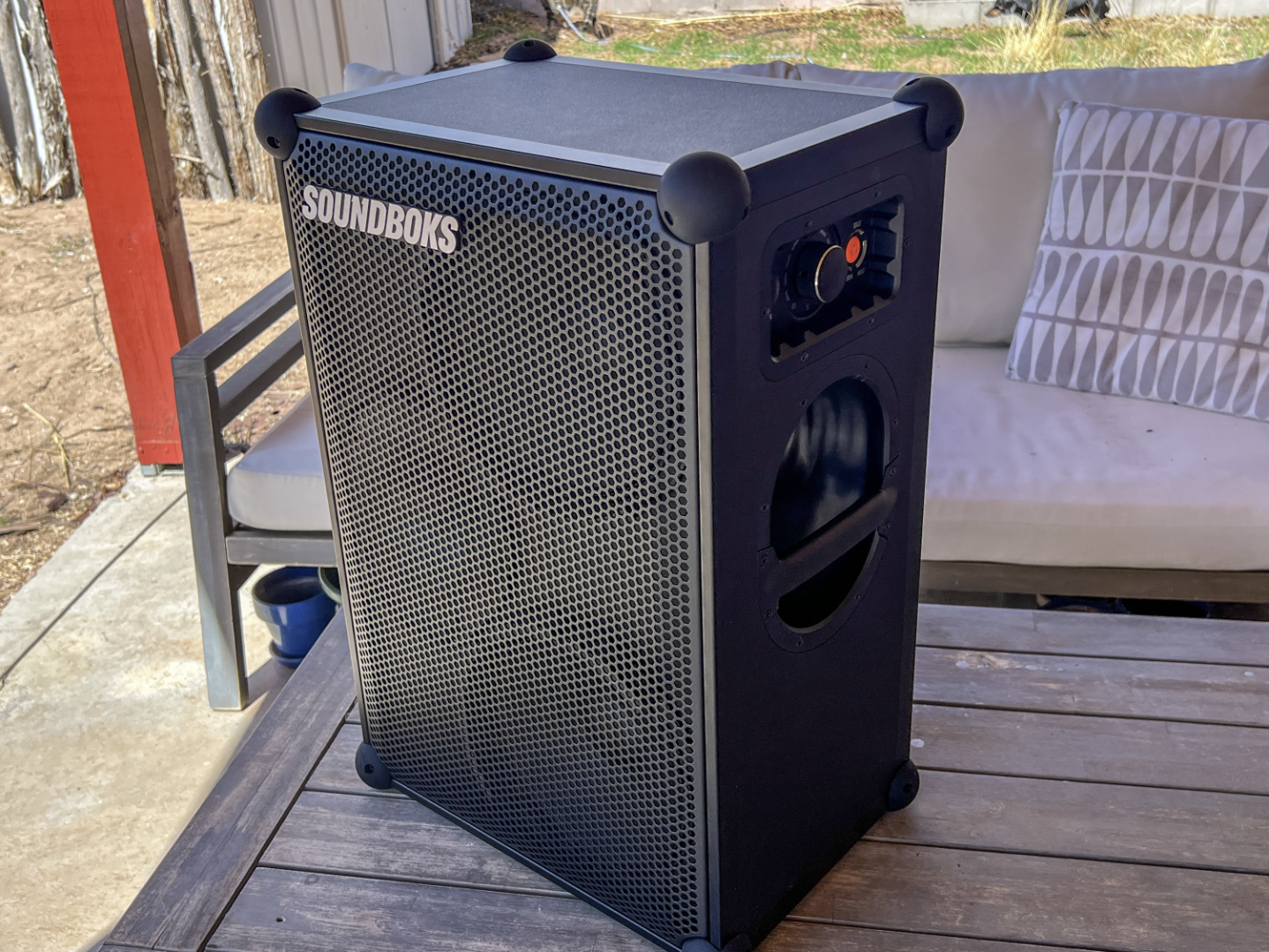
Selecting the right speakers for your home or outdoor setup can greatly enhance your listening experience. Whether you’re putting together a cozy living room system or planning a lively outdoor space, it’s important to understand the differences between indoor and outdoor speakers. Here’s a guide to help you choose the best speakers for your needs.
Understanding Indoor Speakers
Indoor speakers are designed for use inside homes, offices, and other indoor spaces. They are built to handle the acoustics typical of enclosed environments, where sound reflections and room dynamics influence audio quality.
Key Features of Indoor Speakers:
- Sound Quality: Indoor speakers focus on delivering balanced sound across all frequencies. They offer clear highs, detailed mids, and well-defined bass, which work well in enclosed spaces.
- Design: Indoor speakers come in various styles, including bookshelf, floor-standing, in-wall, and in-ceiling designs. This variety allows them to blend into your decor while ensuring optimal sound.
- Materials: Indoor speakers are made from materials like high-quality wood, plastics, and metals, chosen for both their aesthetic appeal and acoustic performance.
- Power Handling: These speakers typically handle less power than outdoor models, as they are intended for controlled environments where power and sound dispersion are more predictable.
- Size and Placement: Indoor speakers tend to be smaller and more compact, making them ideal for placing on shelves, stands, or mounting on walls or ceilings without exposure to the elements.
Factors to Consider When Choosing Indoor Speakers:
- Room Size and Acoustics: The size and layout of your room will help determine the size and placement of your speakers. Consider how the room’s acoustics will affect sound quality.
- Audio Source and Setup: Make sure the speakers are compatible with your audio equipment, such as stereo systems or home theater receivers.
- Aesthetic Preferences: Choose speakers that match your home’s decor and enhance the atmosphere of your space. Checking out a specialized audio retailer can offer a range of options for both indoor and outdoor setups.
Understanding Outdoor Speakers
Outdoor speakers are designed to handle the challenges of outdoor environments, including exposure to weather, temperature changes, and background noise.
Key Features of Outdoor Speakers:
- Durability: These speakers are built with tough materials like weather-resistant plastics, metals, and special coatings to protect against moisture, UV rays, and temperature changes.
- Weather Resistance: Outdoor speakers can withstand rain, humidity, heat, and cold, without sacrificing sound quality or durability.
- Sound Projection: Unlike indoor speakers, outdoor models focus on broad sound dispersion to cover larger spaces, ensuring sound reaches all corners of your outdoor area.
- Power Handling: Outdoor speakers often have higher power handling capacities to compete with outdoor noise and ensure clear, loud sound.
- Mounting Options: Outdoor speakers come with different mounting options, including wall mounts, ground stakes, and tree mounts, giving you flexibility in where to place them.
Factors to Consider When Choosing Outdoor Speakers:
- Environment: Consider the climate and environmental conditions where the speakers will be used. Choose models that are built to handle outdoor elements.
- Coverage Area: Think about how much space you want to cover. Choose speakers with the right power and sound dispersion to ensure balanced audio across the area.
- Installation: Factor in how easy the speakers are to install, including compatibility with your current setup, wiring, and amplifier requirements.
Making the Right Choice
When deciding between indoor and outdoor speakers, consider your audio needs, environmental conditions, and personal preferences. Here are a few tips to guide your decision:
- Purpose: Determine the main use of the speakers, whether it’s for indoor entertainment, outdoor events, or both.
- Sound Quality: Look for speakers that provide the sound quality you want in terms of clarity, volume, and frequency response.
- Compatibility: Make sure the speakers are compatible with your existing audio equipment, such as amplifiers, receivers, and streaming devices.
- Budget: Set a budget that aligns with your desired sound quality and durability expectations.
- Brand Reputation: Research brands known for their reliability and quality, and check reviews to make sure they offer good customer support.
Final Thoughts
Choosing between indoor and outdoor speakers comes down to balancing performance, durability, and suitability for the environment. By understanding the key differences and features of each, you can make a well-informed decision that will enhance your listening experience. Whether you’re enjoying music indoors or outdoors, make sure you invest in speakers that fit your lifestyle and needs.













